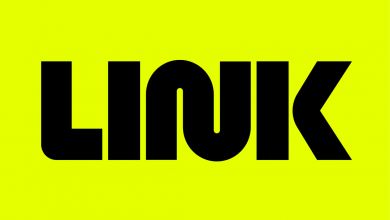India: Motor vehicle aggregator guidelines issued to regulate shared mobility
The Union road transport and highway ministry has issued fresh guidelines to regulate cab aggregators like Ola and Uber and also set a limit to surge pricing, fulfilling a frequent demand of users of all such mobility aggregators.
According to the guidelines, the driver of a vehicle attached with the aggregator shall receive at least 80% of the fare applicable on each ride and the remaining charges for each ride shall be received by the aggregator. The guidelines further added that the aggregator will be allowed to charge a fare 50% lower than the base fare and a maximum surge pricing of 1.5X of the base fare.
The new guidelines are expected to solve regular issues faced by riders who have been complaining of higher surge pricing and lack of regulation for cab aggregators.
In case of cancelling a ride, a fee of 10% of the total fare not exceeding Rs 100 has been set for both riders and drivers when a cancellation is made without a valid reason as stipulated by the aggregator on its website and on the app.
It’s worth noting that the transport ministry has already amended the Motor Vehicles Act, 1988 by the Motor Vehicles Amendment Act, 2019 to include the definition of the term ‘aggregator’. The amended act defines aggregators as digital intermediaries or marketplaces between passengers and drivers for transportation.
The ministry has also released a new rule for a ride-sharing model in which a maximum of four ride-sharing intra-city trips in a day and a maximum of 2 ride-sharing inter-city trips per week shall be permitted for a vehicle attached with an aggregator.
To ensure data localisation, aggregators are also directed that the data generated on their app is stored on a server in India. As per the new guideline, the stored data shall be for a minimum of 3 months and maximum of 24 months from the date on which such data is generated, and that the data shall be made available to a state government as per due process of law.



